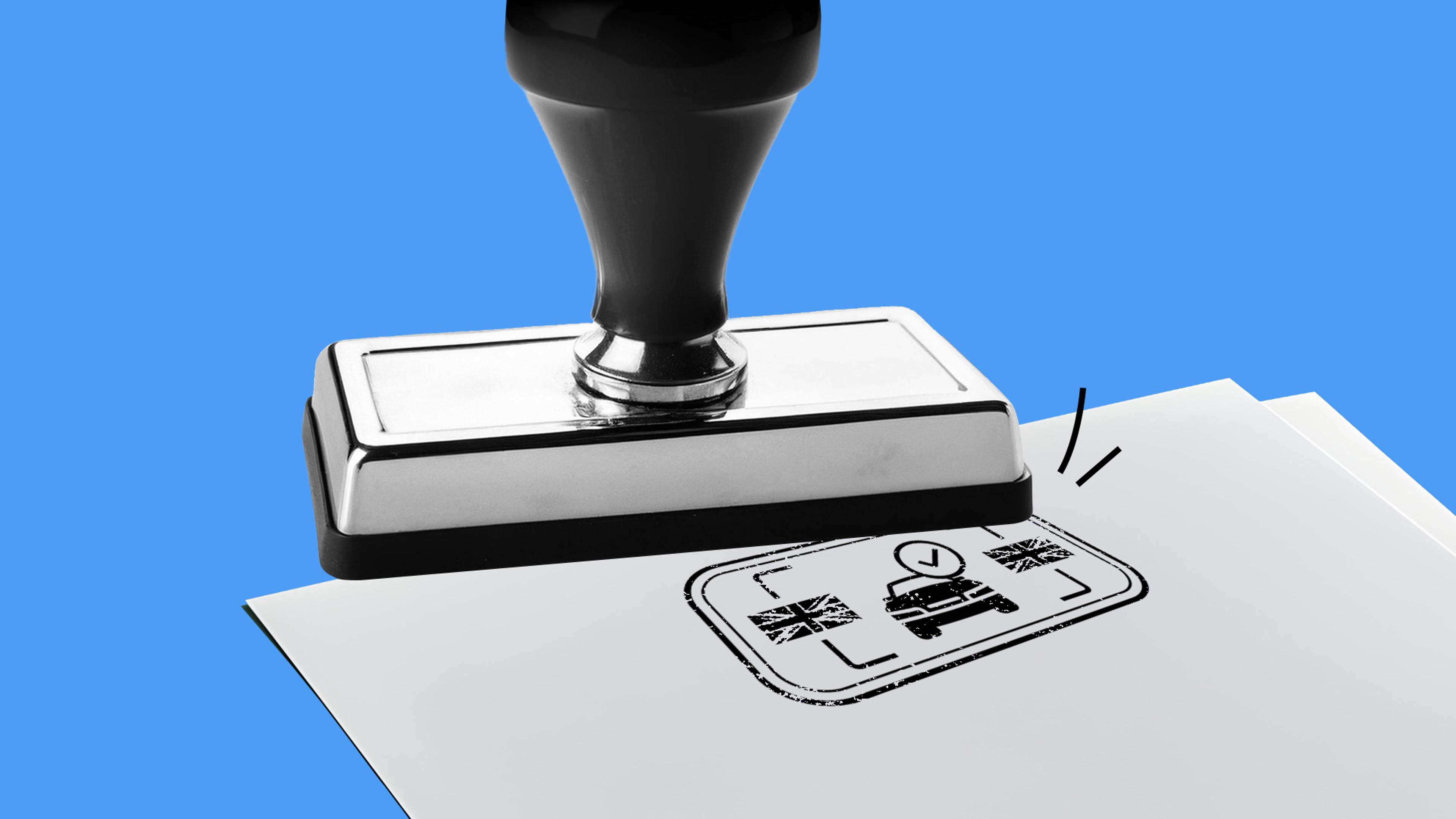25/09/2024
What is proof of ownership of a car?

Every vehicle in the UK has to be registered with the Driver and Vehicle Licensing Authority (DVLA) which issues the V5C log book – a document stating that you’re the car’s registered keeper. However, proof of ownership isn't linked to the V5C but to documents that show who legally owns the car. While this may seem complicated, in this guide, we’ll explain everything you need to know about proof of ownership of a car.

Need help buying a used car?
Enter a VIN code to learn more about any vehicle!
Owner and keeper: what’s the difference?
Before explaining proof of ownership, it’s important to understand the difference between the owner and the keeper. While these are separate roles, they’re closely related.
- The keeper is the person whose name appears in the V5C log book. They’re the car’s user and responsible for its insurance, road tax, MOT tests, and any speeding tickets.
- The owner is the person or legal entity that owns the vehicle. In the case of a leased car, the owner is the financial institution that has a financial interest in the particular vehicle.
The owner and the keeper can also be the same person. If you buy a car outright without any loans, you’ll be both the owner and the keeper. However, if you lease a vehicle or use a company car, you’ll only be the legal keeper, not the owner.

Proof of car ownership documents in the UK
Several documents can prove that you’re the owner of a vehicle. Without them, you may struggle to transfer ownership if you decide to sell your car. However, the V5C log book is not proof of ownership, which many drivers mistakenly believe.
Here’s a list of documents that can prove car ownership.
Purchase invoice, receipt, or agreement
When buying a car from a dealership, you’ll receive an invoice and a receipt, which prove that you legally purchased the vehicle. However, a private seller won’t provide an invoice. In that case, the buyer and seller should sign a purchase agreement, outlining key details, such as the price, names, car registration number, model, and addresses.
Loan agreement
Thousands of cars are bought with the help of financial institutions every day. However, until the vehicle is fully paid off, the bank is considered the owner. In such cases, proof of ownership is the loan agreement, which outlines the financing conditions, car model, and other relevant details.
Financial payments
Credit card records or bank transfer statements can also serve as proof of ownership. These payment records include important details such as the name, date, amount of money, currency, and a reference.
Transferring ownership when selling a car
When selling a car, and you’re both the owner and the keeper, it’s important to have proof that you sold the vehicle and complete all the necessary steps online. Here’s what you need to do:
1.Sign an agreement with the buyer, containing the car’s make, registration number, price, and both parties’ personal information.
2.Visit the gov.uk website to begin the ownership transfer process.
3.Select “Tell DVLA you've sold, transferred or bought a vehicle.”
4.Fill in the details of the new owner.
5.Complete the form. You’ll receive a confirmation email, and the new owner will receive their new V5C log book within 5 working days.
When you inform the DVLA about selling your car, the buyer becomes the legal keeper of the vehicle. A signed agreement and bank transfer will serve as their proof of ownership.
Establishing ownership when buying a car
The used car market isn't exactly a walk in the park. While all you want is a fun ride, there are scammers out there looking to spoil your experience. These fraudsters aim to trick unsuspecting buyers, selling them cars in poor condition or using other methods to make a quickprofit.
Staying cautious when buying a second-hand vehicle is crucial. However, you can reduce the risk of buying a lemon by following these steps:
1.Verify the seller’s identity by checking their ID and comparing the name with the one in the V5C log book.
2.Check all the maintenance and services records to understand what repairs the seller has done.
3.Check the car’s history on carVertical. A report will show the number of previous owners and reveal if the vehicle has outstanding finance. You can also check a car’s mileage records, past damages, technical specifications and whether it’s been reported as missing. A history report can give you a clearer picture of the car’s past and even serve as a bargaining chip.

1.If everything checks out, and you’ve test driven the car and had it inspected at an authorised service centre, head to the gov.uk website to transfer car ownership.
2.Make sure to get a receipt or bill of sale from the seller, including their name, the date of sale, the price, and the car’s details. This will serve as your proof of ownership. Store it in a safe place to ensure it doesn’t get lost.
By following these steps and gathering the necessary documentation, you can confidently establish ownership of a car when buying it in the UK. However, always remember to double-check all the details in the documents to ensure a smooth and worry-free ownership transfer.

Check your registration number
Avoid costly problems by checking a vehicle's history. Get a report instantly!
